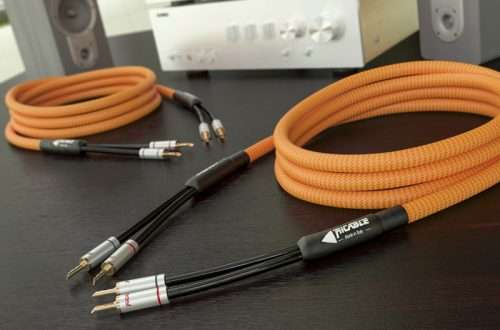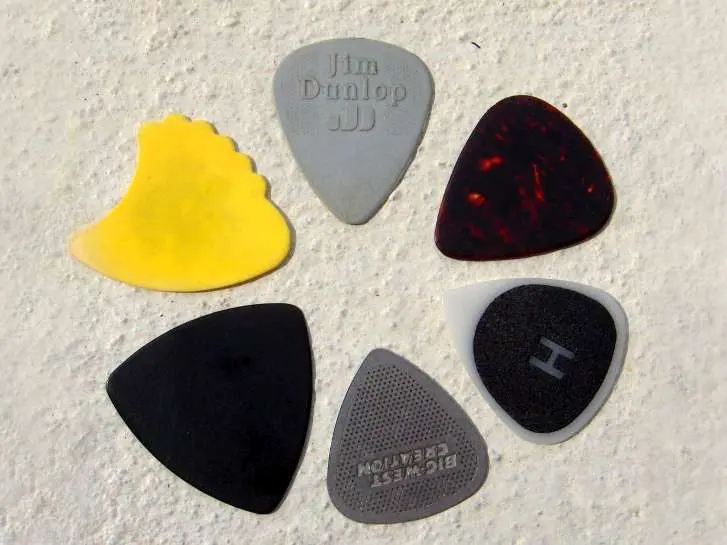
Overview of guitar picks
Contents
Playing the guitar includes many techniques, among which the sound extraction with the help of a mediator takes pride of place .
Picking a pick may seem like a breeze due to its size and cost, but in fact, this little item can make a big difference in how you play.
More about mediators
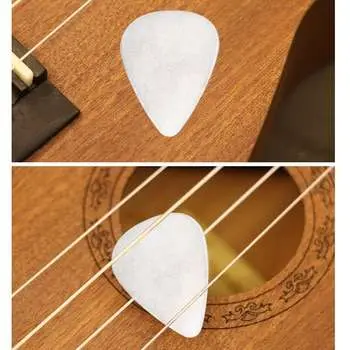 The first mediators appeared, probably, simultaneously with stringed plucked instruments. Given that the strings were made from natural materials – fibers of plant and animal origin – they sounded much more muffled than modern metal ones. The idea was to use an object that, on the one hand, would be hard enough to make the strings emit a more sonorous, sharp and clear sound, and on the other hand, would be sharp in order to use fine plucking techniques if necessary.
The first mediators appeared, probably, simultaneously with stringed plucked instruments. Given that the strings were made from natural materials – fibers of plant and animal origin – they sounded much more muffled than modern metal ones. The idea was to use an object that, on the one hand, would be hard enough to make the strings emit a more sonorous, sharp and clear sound, and on the other hand, would be sharp in order to use fine plucking techniques if necessary.
The mediator or, as it was called in ancient Greece, the plectrum, became such an “intermediary” between the instrument and the person .
How to choose a guitar pick
Choosing a mediator , the guitarist focuses on his style, manner of sound production and character of the instrument.
For nylon “classics” you need one thing, and for aggressive bass – another.
Material
For the production of mediators , various substances are used, which affect the properties of the plectrum when playing.
- Exotic Materials . These include natural tortoise shell and ivory. This performance makes picks extremely expensive. These are special products, and they cannot be found on free sale.
- Metal (steel). They help to extract a sonorous and sharp sound with numerous overtones. Playing with an iron pick has its own characteristics due to the fact that this material does not bend at all. In addition , it wears out the strings a lot, so it is rare.
- Skin . Guitarists do not use instruments designed for such folk instruments as dombra and others.
- Nylon . Soft, flexible. Great for playing any guitar. However, you may not have enough sharpness and attack.
- Kaprolon . Good stuff. Inexpensive. Practical, moderately flexible, but retaining elasticity.
- Etrol . For folk instruments, special mediators “turtle etrol” were produced. In fact, this is a special plastic based on cellulose acetates and nitrates, and it received the epithet from a specific color. Today this material can be found under the names tenite or dexel. Smooth, strong, hard, without a notch a little slippery.
- Celluloid . It has long been known, and therefore inexpensive. Picks from it are characterized by moderate hardness, which allows you to play in different styles and techniques.
- Polycarbonate . Thick polycarbonate picks are harder and become similar in property to glass, but not as brittle and hard. Give the appropriate sound.
- Tortex . A type of plastic developed by Dunlop specifically for guitar picks. Pleasant to the touch and does not slip, it has good wear resistance.
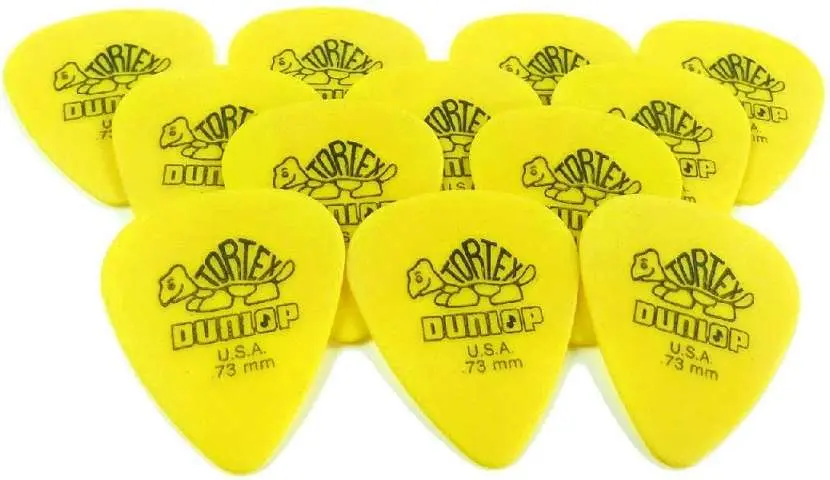
The form
The main criterion is the convenience of holding and obtaining the desired sound effect. There are several traditional forms of mediators :
- Standard (drop). The classic plectrum resembles an isosceles triangle, in which the side faces are slightly larger than the base, and all corners are uniformly rounded. The most versatile type, which is well suited for beginners. Until you acquire a certain degree of mastery, you simply do not need another form.
- Jazz . This pick is slightly thicker and has a pointed tip. The back surface is more rounded than the standard.
- triangular . You can play with any side that lies in your hand. The degree of wear of each of the tips can give the smallest nuances when playing.
- Shark fin . Irregularly shaped pick that allows you to play differently on both ends.
- ” Claw “. Put on the finger. A guitarist may have a set of “claws” for picking.
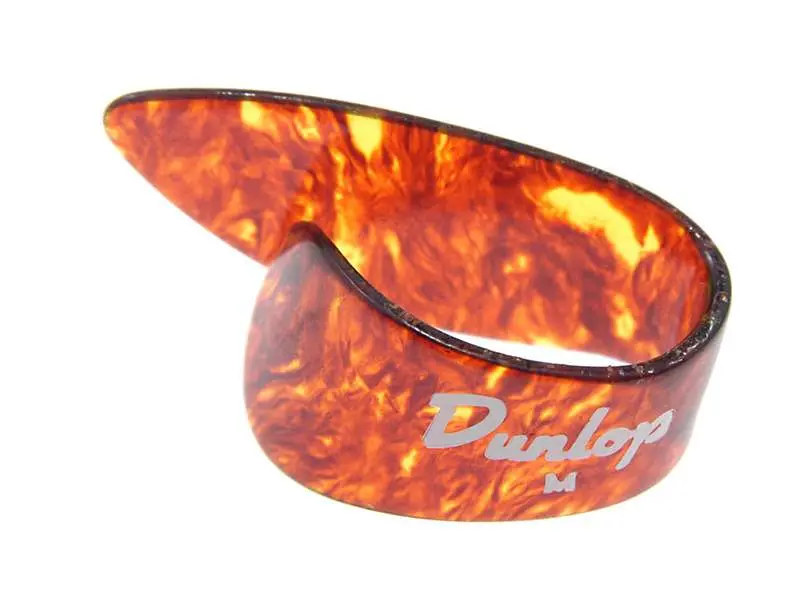
Thickness
The sound it extracts largely depends on the thickness of the mediator a. The rule also applies: the thicker the pick , the more dense and hard it is, and the less it bends. From here, a beginner should draw conclusions:
- Thin picks are suitable for playing classical music, where you often need to transmit sound with the force of a string pluck. Bust, complex solo parts – this is the purpose of a thin mediator . It is well suited for playing nylon strings.
- Picks of medium thickness are universal. If necessary, they can be played solo without any problems. No less successful is playing with the right hand while playing chords with the left on the acoustic guitar. For a power instrument, medium picks are good for maintaining rhythm, medium to heavy riffs.
- Thick picks are a fat, powerful sound. Used for loud playing on the bush or with various guitar effects with an electric guitar.

Numerical and alphabetic designations are usually depicted on the plectrum itself:
- Thin (0.3 – 0.65 mm);
- Medium (0.7 – 0.9 mm);
- Heavy (0.9 – 1.2 mm);
- Extra Heavy (1.3 – 3 mm).
Manufacturer
Mediators are produced by various companies, since their production does not require large production capacities. One of the most famous is the American company Dunlop. In the assortment she has dozens of items of plectrums, different in characteristics. Good picks are produced by well-known guitar manufacturers: Gibson, Fender, Ibanez.
A good balance of price and quality is distinguished by the products of such companies as Alice, Cortex, Shaller.
Variety of picks in our store
The online store of musical instruments “Student” is a convenient platform for buying everything related to music , including mediators . The price starts from 20 rubles for one plectrum (a simple “indestructible” classic) to several thousand rubles for sets of picks for several thicknesses in a box.
See all mediators on our website at the best prices
Picks for acoustics
Choose soft picks for an acoustic guitar – you will get the necessary attack with them in any case, but it is easier to develop a grip with flexible plates. Use thinner for nylon strings, and thicker for metal strings.
Picks for electric guitar
It all depends a lot on your playing style. For beginners, it is better to take a box of standard-shaped picks and look for your sound . After skill and understanding come, you can buy a specific shape, thickness and material.
Bass picks
Thick strings – thick mediators . And take care of sufficient rigidity, because the vibration amplitude of the bass strings is greater, which means that the pluck should be stronger and more aggressive.
Other options
If you want to get away from the standard sound or if there is not enough volume on the acoustics, try different “claws”.
conclusions
Although the mediator is small in size, quite a lot depends on it. Buy new plectrums, experiment with sound and achieve success in music with uchenikspb.ru



